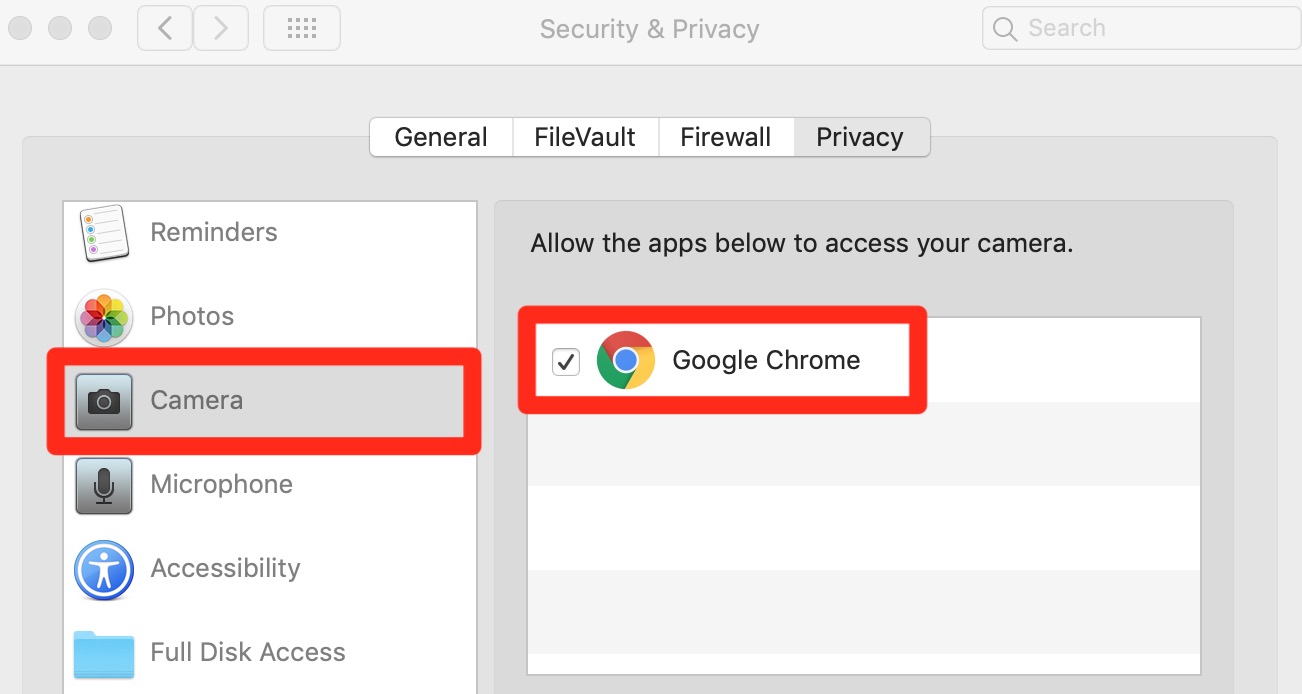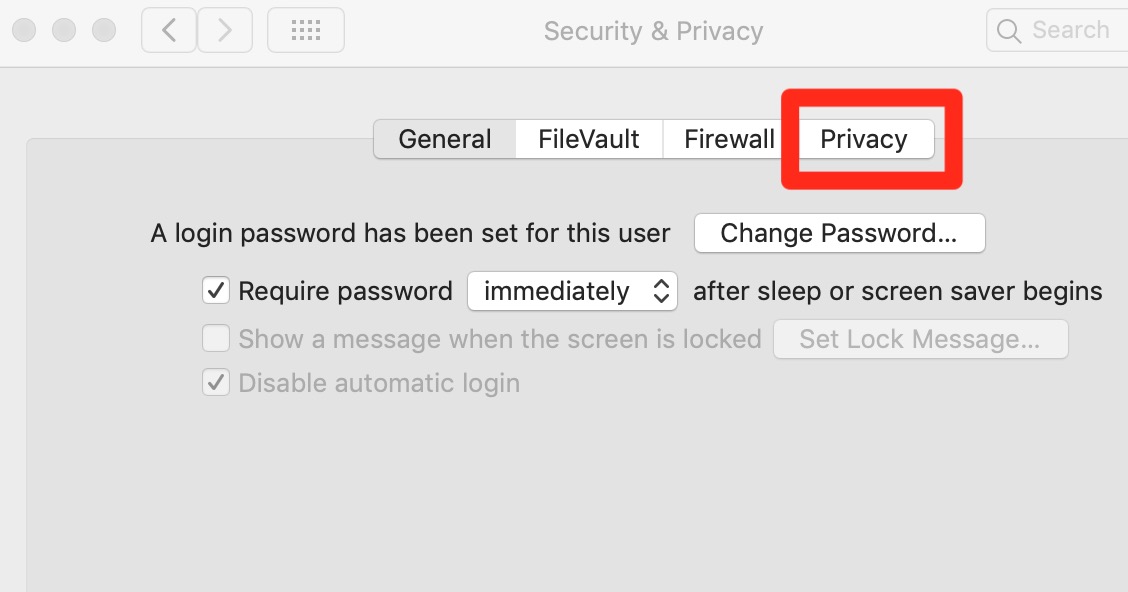

Note that Chrome for iPhone and iPad doesn’t have flags, but it can still receive sent tabs.Īfter enabling the flags and restarting your web browser, you’ll have access to the feature in two places. If you only enable Send tab to self on a single device, you can’t send tabs to any other devices. Repeat this process on all the Chrome browsers you use on different devices. When you’re done, click “Relaunch Now” to restart your Chrome browser with your flags enabled. (The broadcast flag didn’t appear to work when we tested it.)įinally, if you want to use this feature without enabling Chrome Sync, enable the “Send tab to self: enable use when signed in regardless of sync state” option. You may also want to enable “Send tab to self history” to see sent tabs in your History page and “Send tab to self broadcast,” which lets you broadcast a tab to all devices instead of sending it to an individual one. You must at least enable the “Send tab to self” and “Send tab to self show sending UI” options-click the boxes to the right of each and select “Enabled.” To find it, plug chrome://flags into Chrome’s address bar and press Enter.
#Iwhere is the send to button in chrome for mac how to#
RELATED: What's New in Chrome 76, Available Now How to Enable “Send Tab to Self” However, it’s available now in the stable version of Google Chrome 76. Google may soon launch this as a stable feature that doesn’t require a flag.

Like all flags, this is a work-in-progress feature.

Remember Google’s old Chrome to Phone browser extension, which let you send tabs from the Chrome browser on your computer to your Android phone? It’s kind of like that-but you can send tabs between your computers, too.


 0 kommentar(er)
0 kommentar(er)
